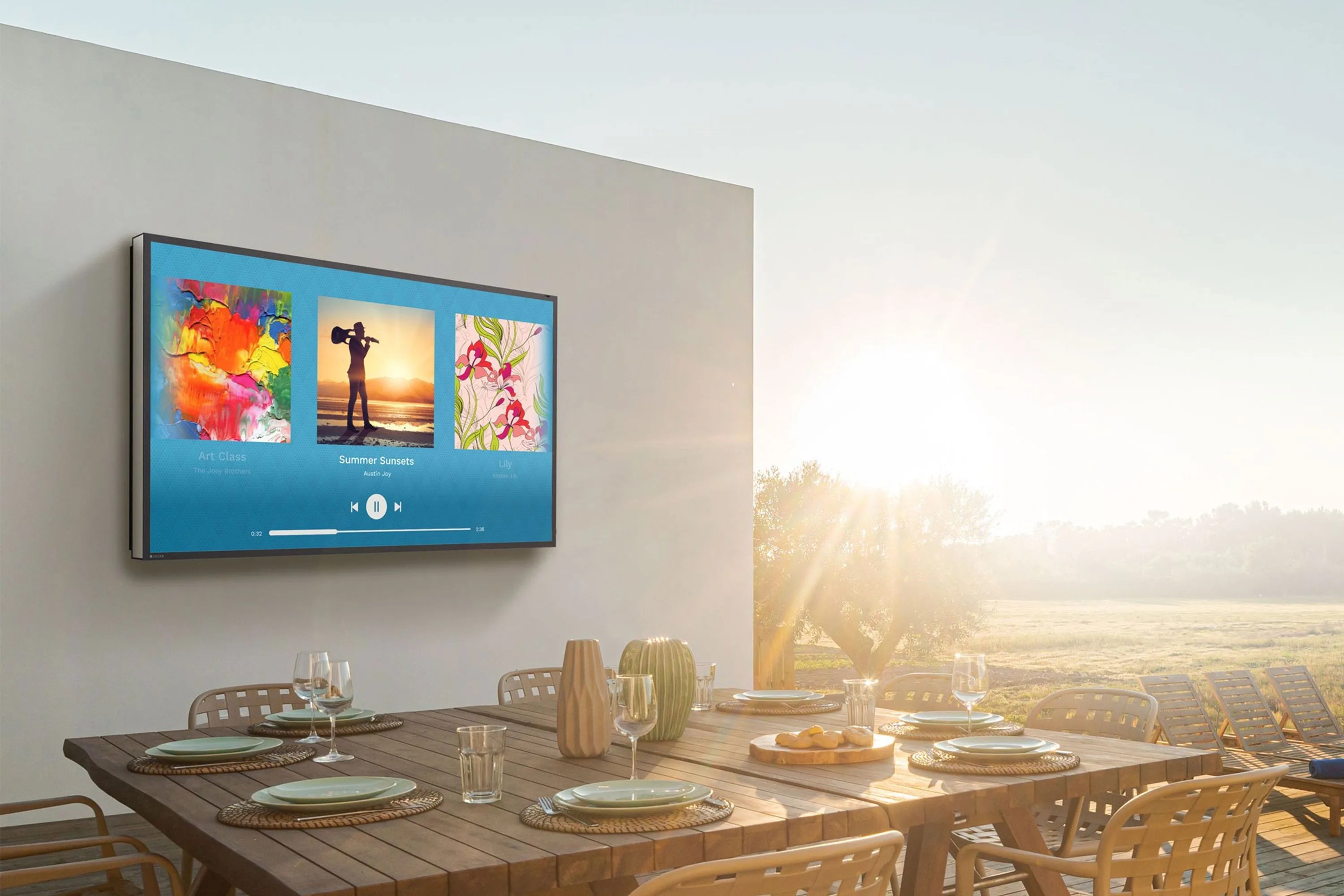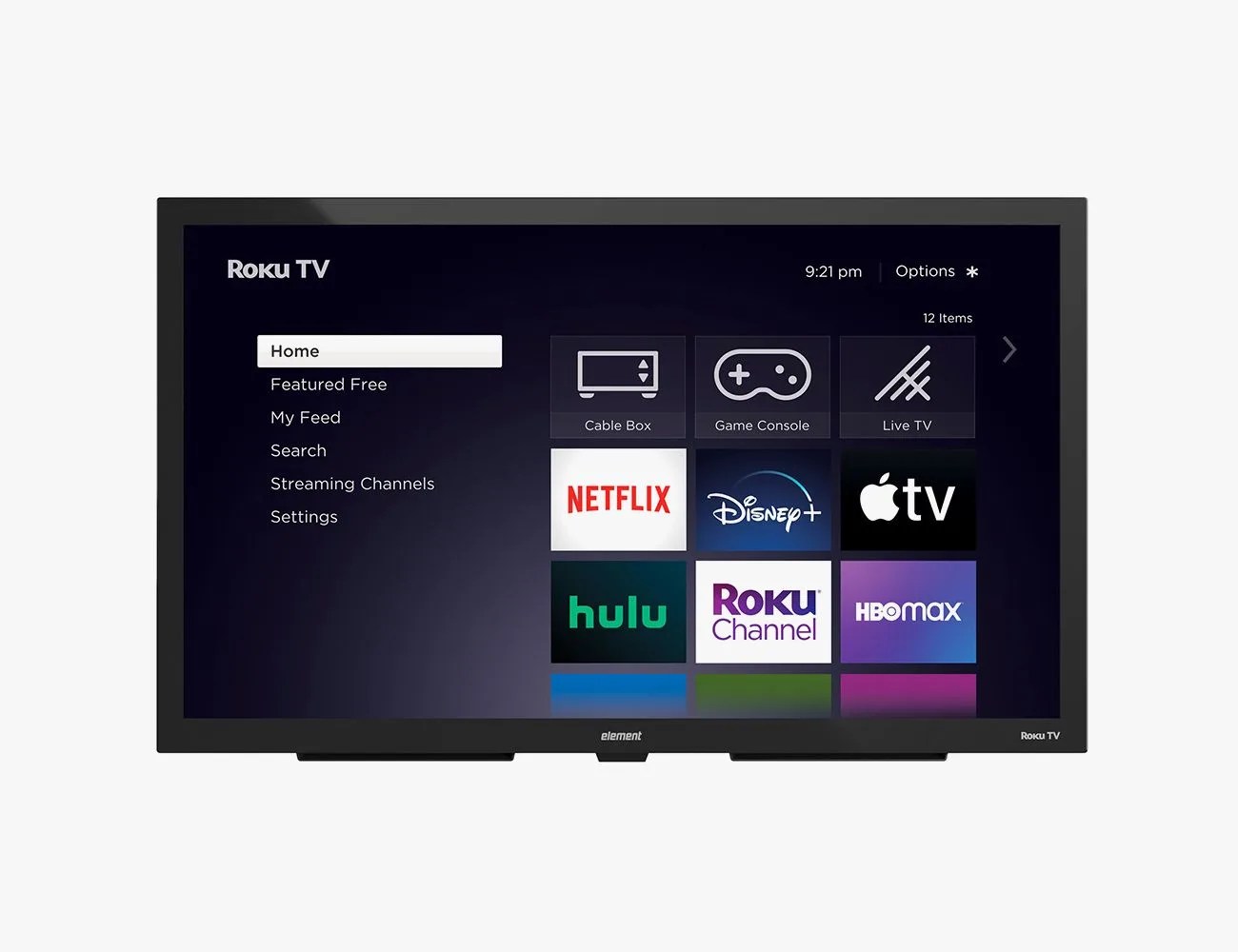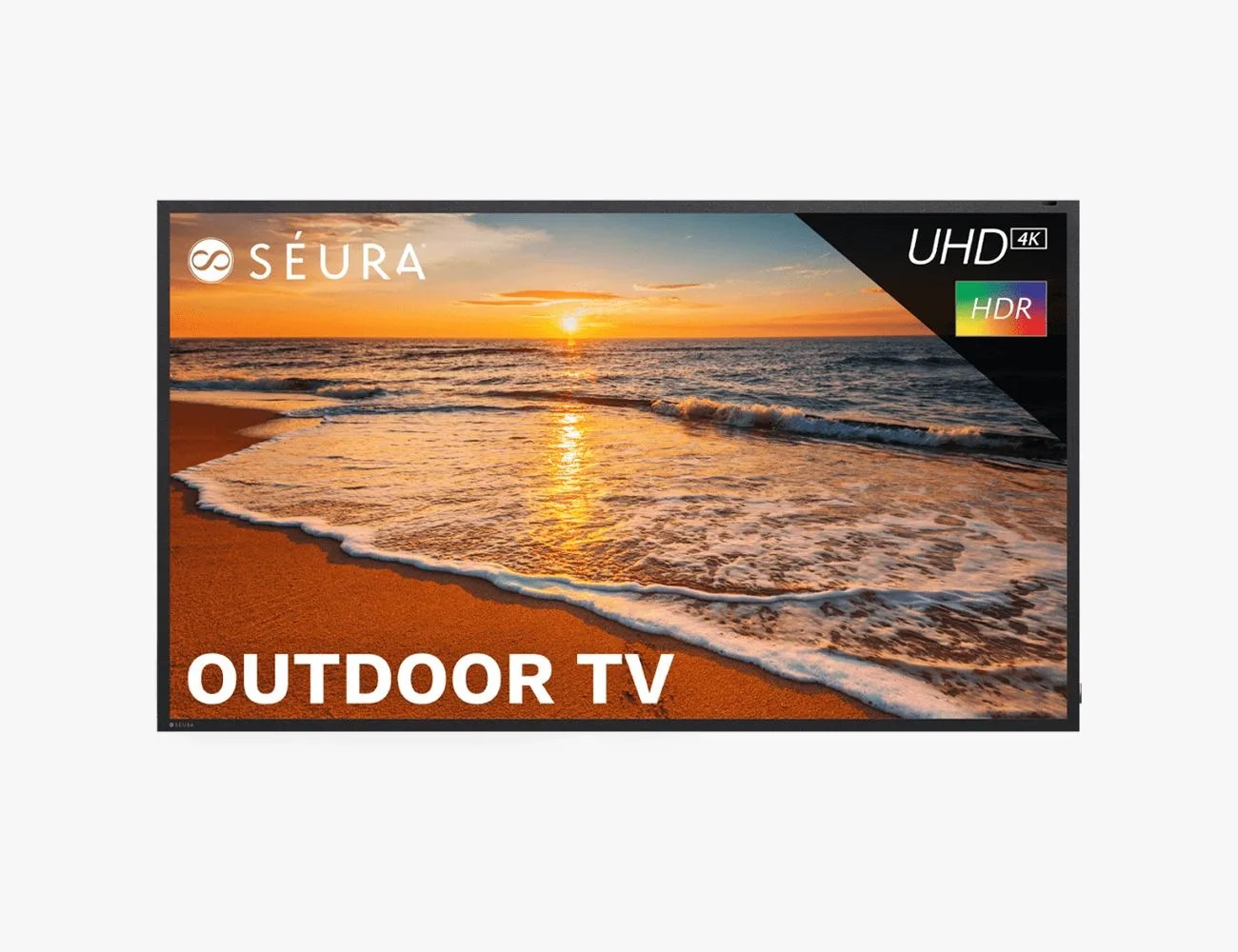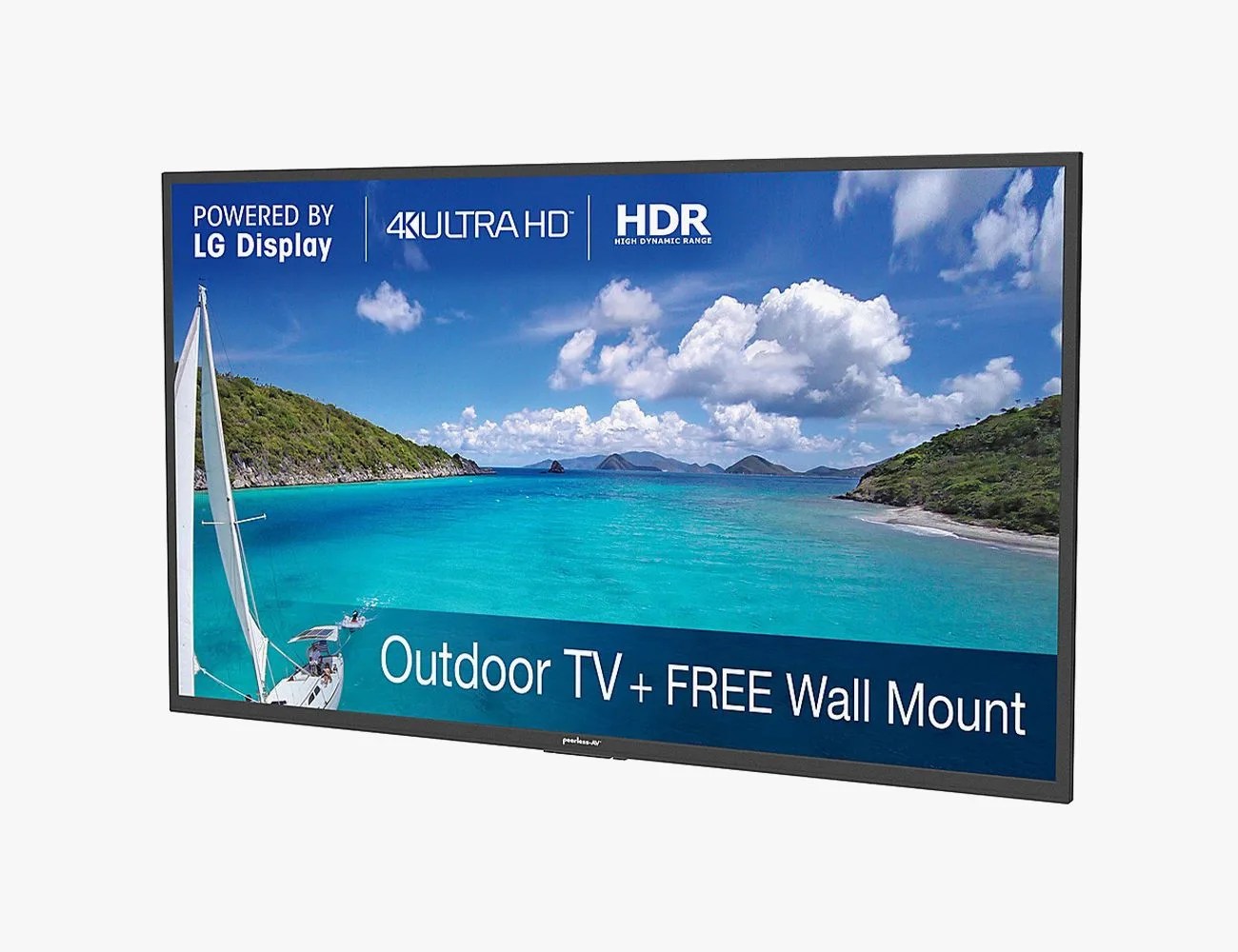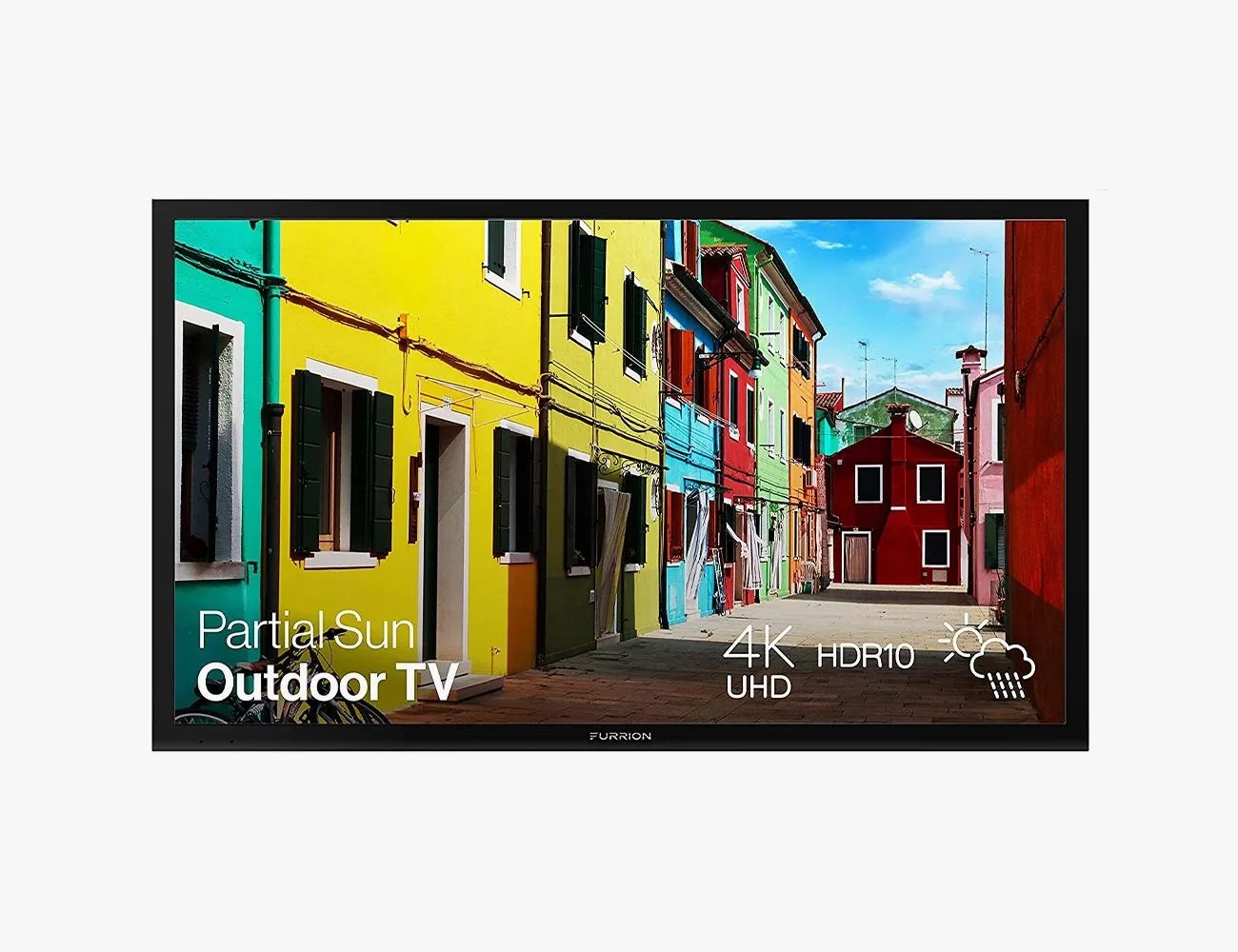If you’re in the market for an outdoor TV — congratulations, you’ve made it. You have a living situation where you can watch TV while also enjoying a pool, a barbecue or just some fresh air on your backyard patio. It’s the good life.
That said, an outdoor TV is an admittedly niche market. Unlike traditional “indoor” TVs, outdoor TVs are built a bit tougher. They have more rugged designs to battle the heat and the cold, as well as elements like rain (and humidity) and sun. They have special displays to fight off the glare. And, generally, they get brighter so their picture is easier to see during the day.
Products in the Guide
Things to Look For
Brightness: The brighter the area you’re looking to place your outdoor TV, the brighter you want your outdoor TV to get. Otherwise, you won’t actually be able to see what you’re watching. Typically, a TV with a max brightness of around 800 nits is enough to be situated in a bright location. A TV with a max brightness of less than 500 nits is more suited for a shaded location (or if you don’t plan on watching as much TV during the day).
Weather resistance: Pretty much every outdoor TV has an IP rating, which indicates its resistance to dust (the first number that follows “IP”) and water (the second number that follows “IP.” Depending on how much overhead coverage your TV has — maybe it is under an awning, for instance — and how much water you expect it to deal with, that should determine how much water resistance you need it to have.
Streaming: Not every outdoor TV has built-in Wi-Fi and supports streaming, meaning you should expect to buy an external box, such as an Apple TV or Roku stick, and connect it. Most of these outdoor TVs have water-resistant compartments for housing streaming sticks or other media players, so you don’t need to worry as much about keeping them dry.
Sound quality: Just like traditional TVs, outdoor TVs don’t typically come with the best built-in speakers, either. This means you’re likely going to want to invest in a sound system, too, although this can get complicated as you’ll need this system to be weather resistant, too.
